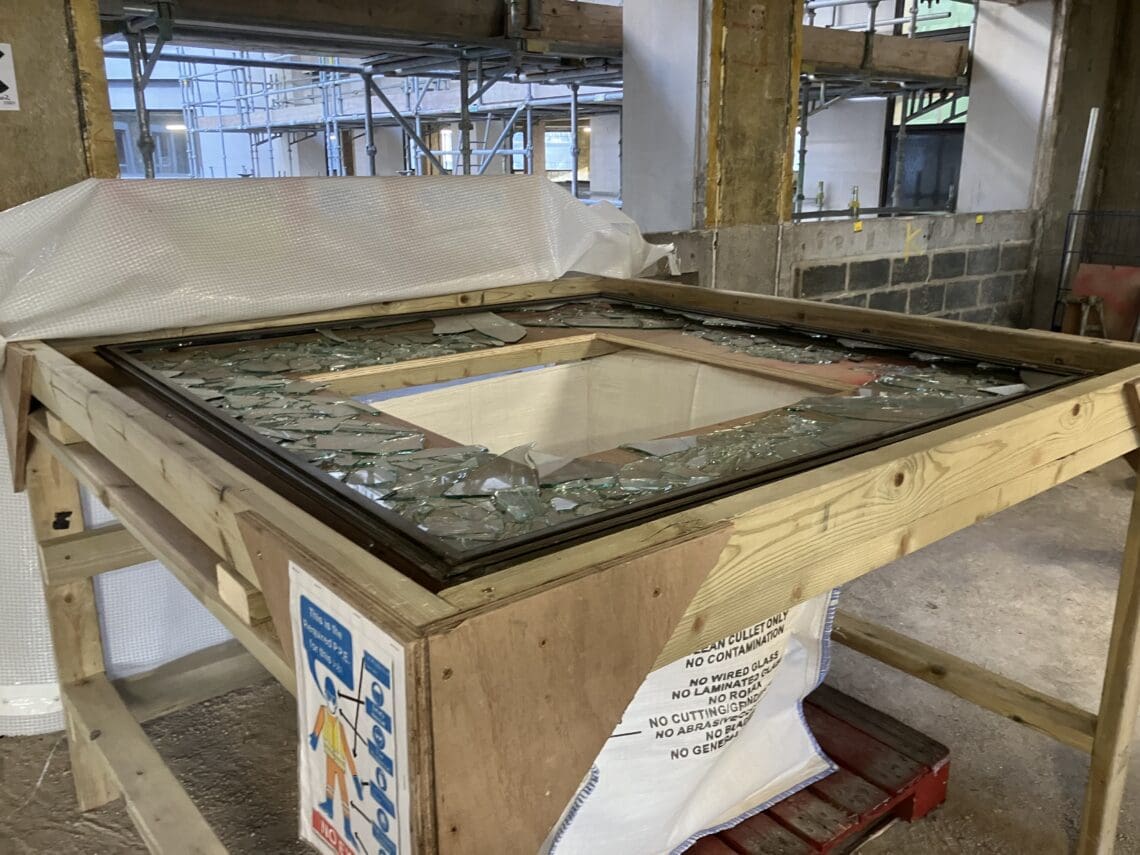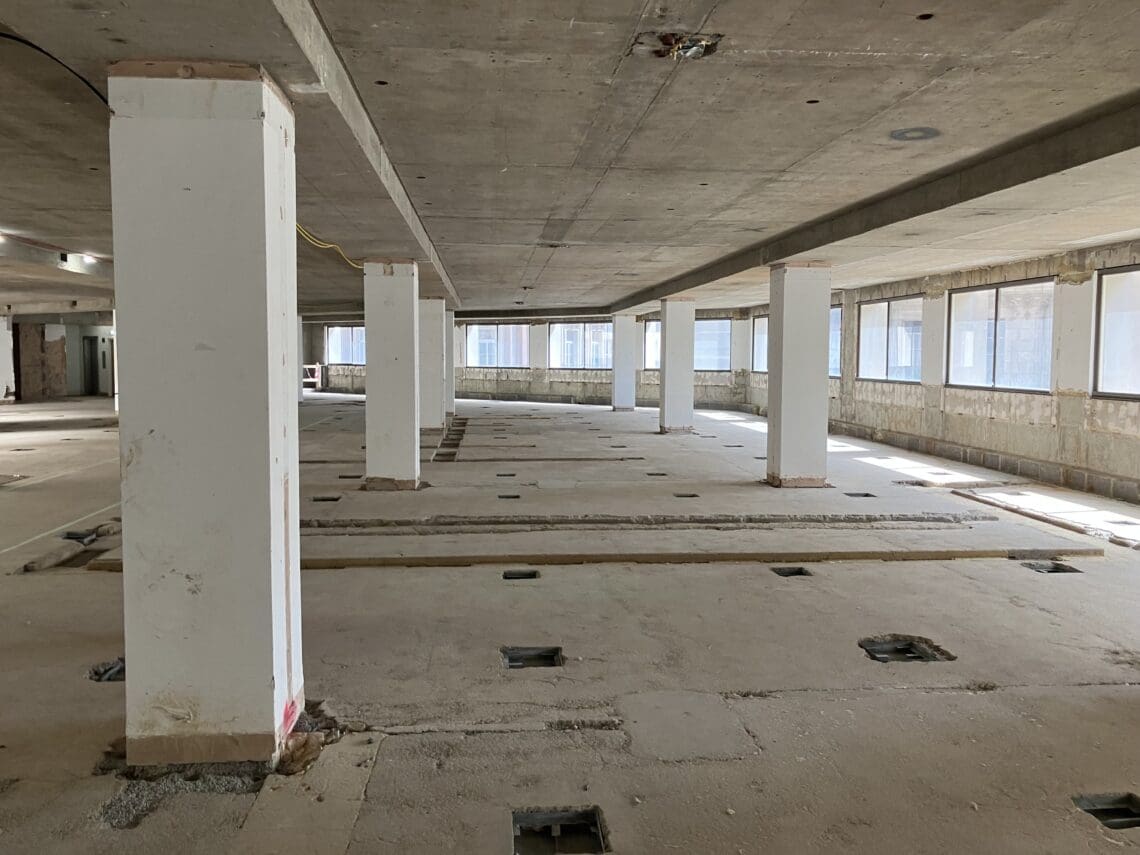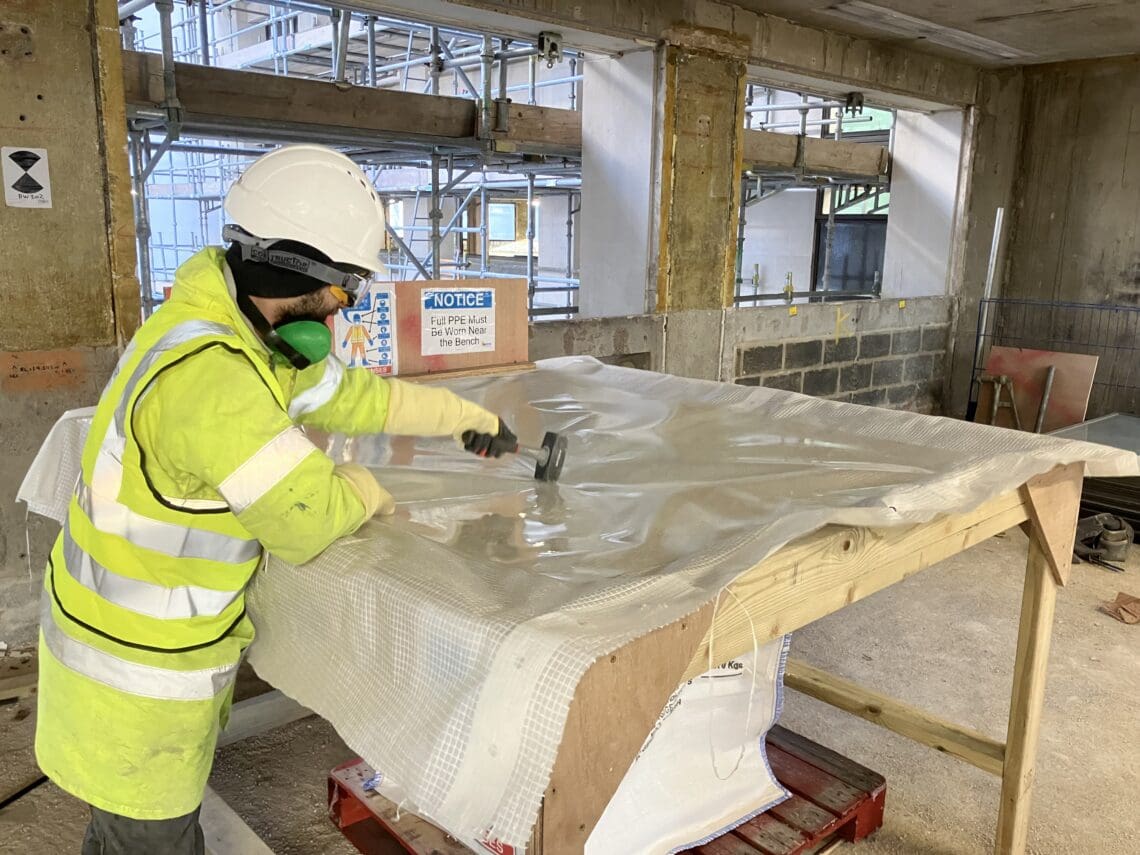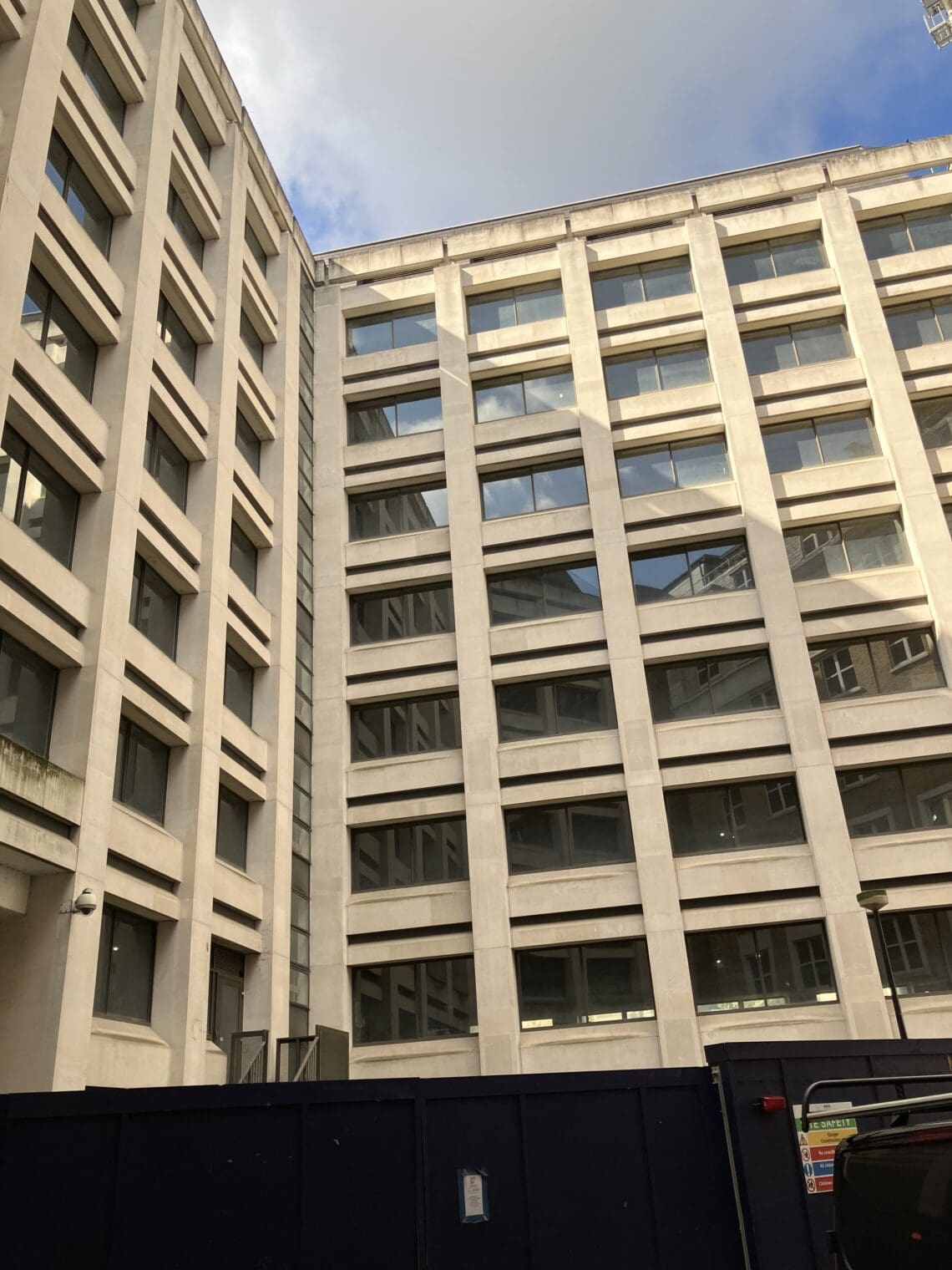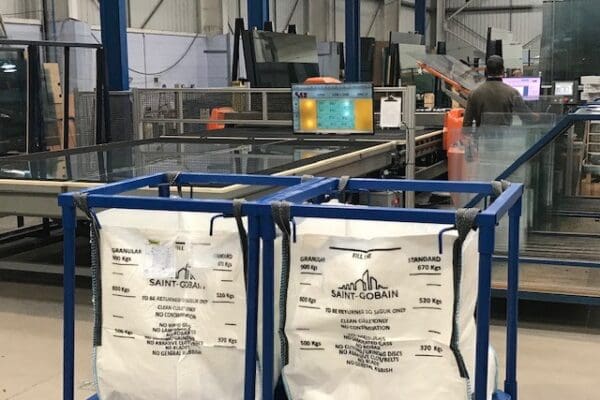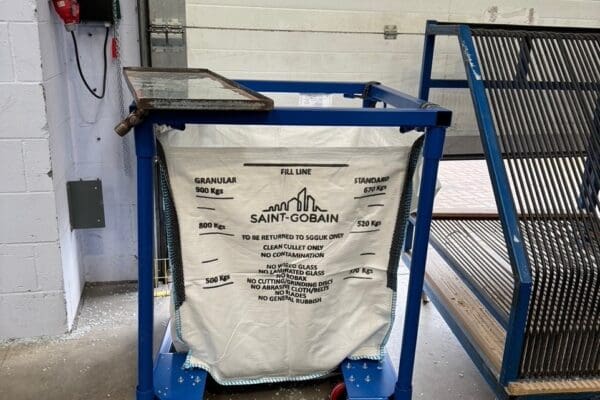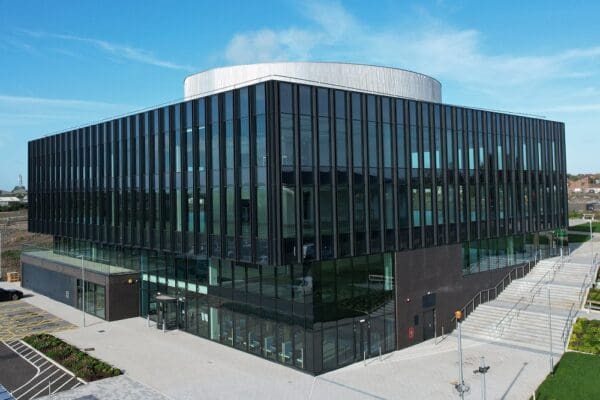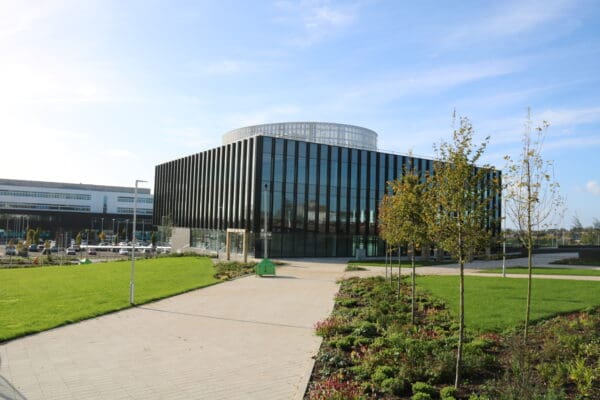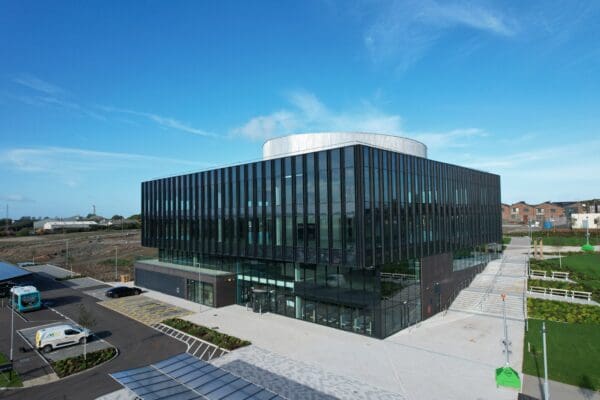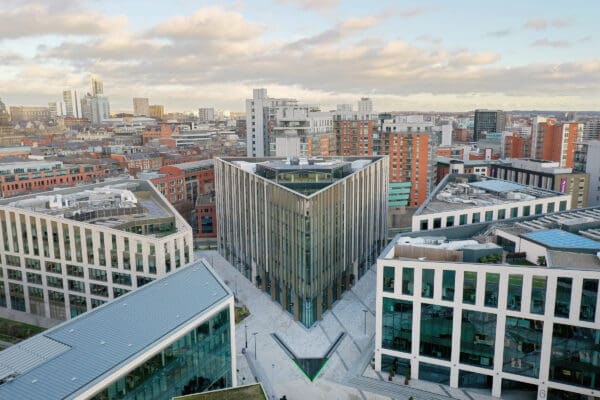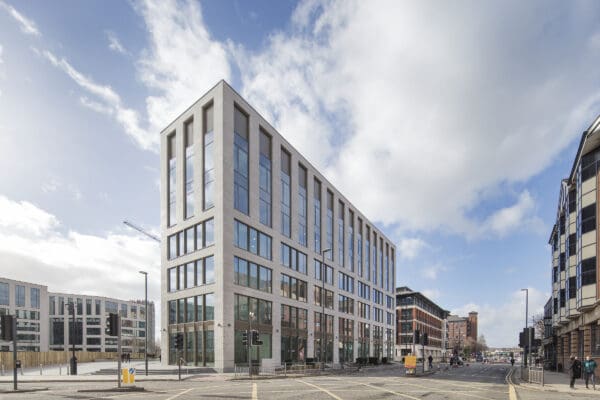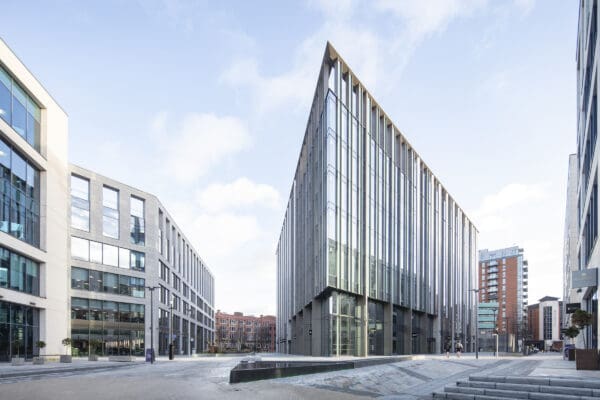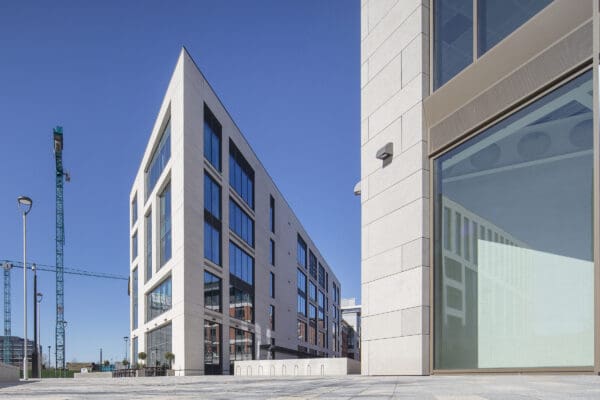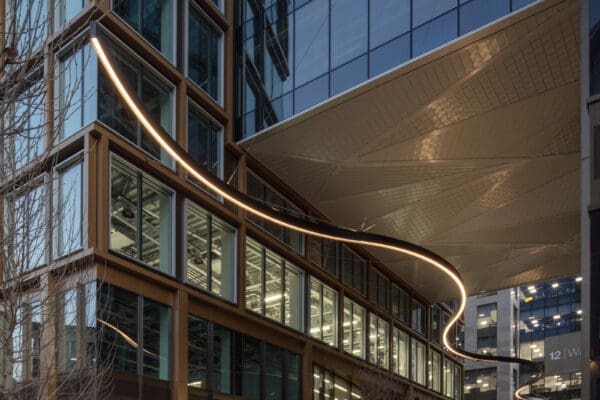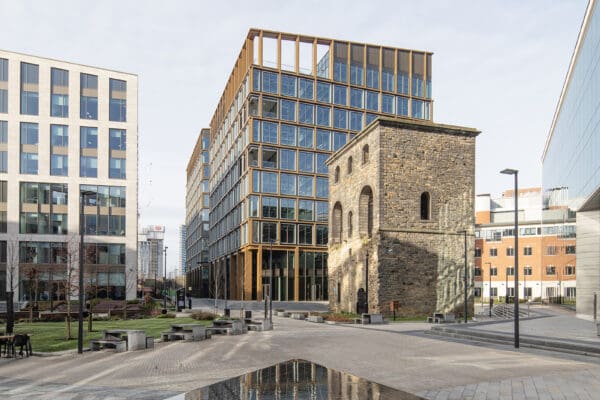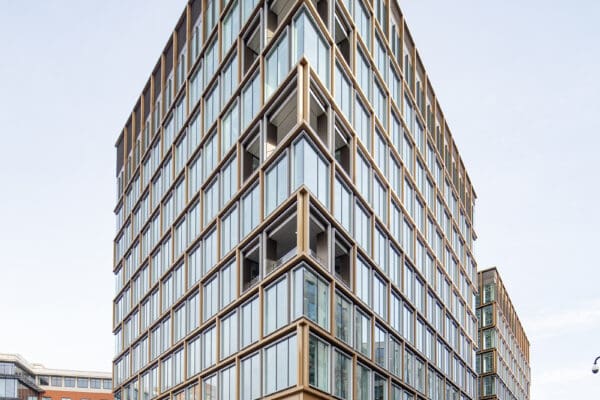McLaren Construction Group Leading the way in post-consumer glass recycling: A Case Study that demonstrates a circular economy for glass
Established in 1999, McLaren is a privately owned business that is seeing consistent, year-on-year growth. Their diverse portfolio includes hotels, offices, mixed-used developments, residential communities, retail spaces, educational institutions, logistics centres and recreational facilities; all aimed at enhancing the quality of people’s lives.
McLaren is focused on sustainability, they are committed to going faster and further in acting on climate change, and minimising the environmental impact of their work, with a target to be net-zero CO2 by 2045. This commitment to minimise resource consumption, promote responsible design and operations, and drive change throughout the built environment, makes McLaren a perfect partner for Glass Forever, Saint-Gobain’s glass recycling programme.
McLaren has worked with Getjar Special Projects, a specialist, construction company, to recover the post-consumer glass from a project in London that was undergoing refurbishment. The project is an excellent example of a circular economy for glass, as the glass taken from the building will be remanufactured by Saint-Gobain Glass into new, high-performance, flat glass, products. When complete, the refurbished building will be a net-zero building.
Crown Estates, the client involved in the project, shares McLaren’s net-zero commitment; helping drive the need to reduce all waste streams and ensuring, where possible, waste is recycled into a resource for construction.
McLaren and Saint-Gobain Glass have collaborated previously, which helped to ensure the teams involved maximised efficiencies on this recent project. McLaren involved Saint-Gobain at the very early stages of the project; a vital step to enable a full site audit of the existing glazing and logistical requirements, to create a method for recovering and recycling as much glass as possible.
During the audit process, three different types of glass products were found in the building, with glass of various thicknesses and some with different types of post applied, solar and safety film. The thin, clear film could easily be removed from the glass, before the glass was broken into bags on site, using the safe breakout table solution, shared by Saint-Gobain Glass. The thicker, silver, reflective film could not be removed, which unfortunately meant the glass with the silver film was not compatible with Saint-Gobain’s glass furnace.
Once the glass had been tested and the method of removal confirmed, the logistical challenges were considered and a process to store and remove the glass from site was developed. As with many construction sites, space on the site was at a premium. A storage location was created to store the bags of recovered glass, and Saint-Gobain promptly removed bags of glass from the site using their hiabs and glass inloaders that can transport cullet back to Saint-Gobain Glass. Saint-Gobain helped to minimise transportation time and CO2 emissions when returning the recovered glass to their manufacturing site in East Yorkshire, by using transport that had previously delivered new glass in the local area.
The recovery and recycling of post-consumer glass worked extremely well on the project, with McLaren recovering 9.1 tonnes of recycled glass that was remanufactured into new building glass. This prevented the use of 11 tonnes of virgin, raw materials that would have been used in the manufacturing of new glass and saved 6.4 tonnes of CO2 emissions.
There are some key learnings that will help to inform future projects, for McLaren and the wider construction industry, including a greater focus on the storage of the glass, ahead of collection, to avoid contamination on site. Every Glass Forever project helps to optimise the process of recycling building glass.
Joe Palladino, Project Manager at McLaren commented, “Very early in the project we highlighted the potential opportunity for closed loop recycling of the 10 Spring Gardens existing glazing, but to be ensure this target was achievable we needed the involvement of the specialist Saint-Gobain Glass team. Through our close work on previous schemes that achieved closed-loop glass recycling our teams were able to work together quickly and assess the suitability of the existing glazing.
There were several challenges to overcome; various, solar reflective films incorporated into the glazing, a logistically tight project, different glazing systems to be deconstructed, eliminating the risk of contaminants being included with the glass and tight boundaries between publicly accessible areas. Working alongside our deconstruction contractor Getjar and Saint Gobain we were able to plan a suitable methodology to safely and efficiently collect uncontaminated glass during the deconstruction phase.
It is hugely beneficial working collaboratively with our supply chain partners at such an early stage in the project in this way. It allows us to combine the joint knowledge and expertise, working towards the best solution to overcome any challenge. The work carried out jointly between McLaren, Saint-Gobain and Getjar to maximise glass embodied carbon savings on the 10 Spring Gardens Project exemplifies this type of collaboration.”

